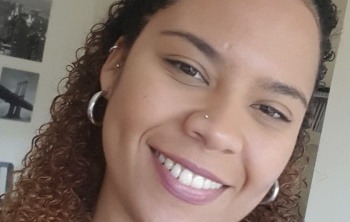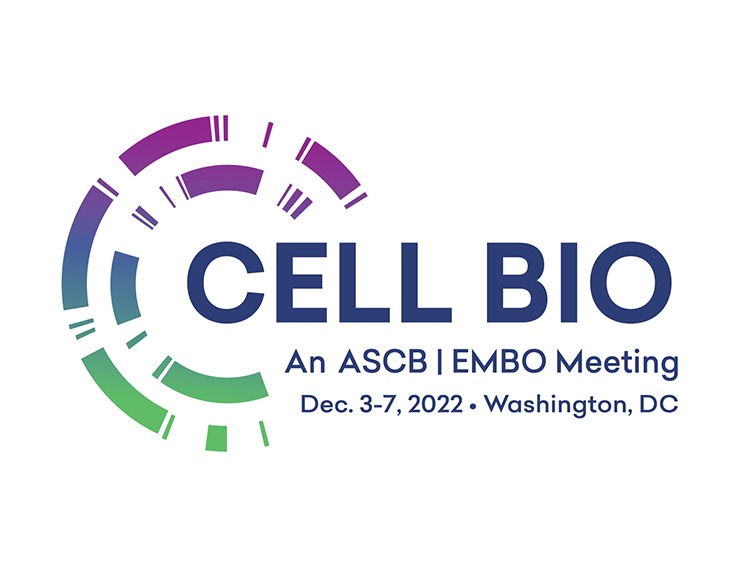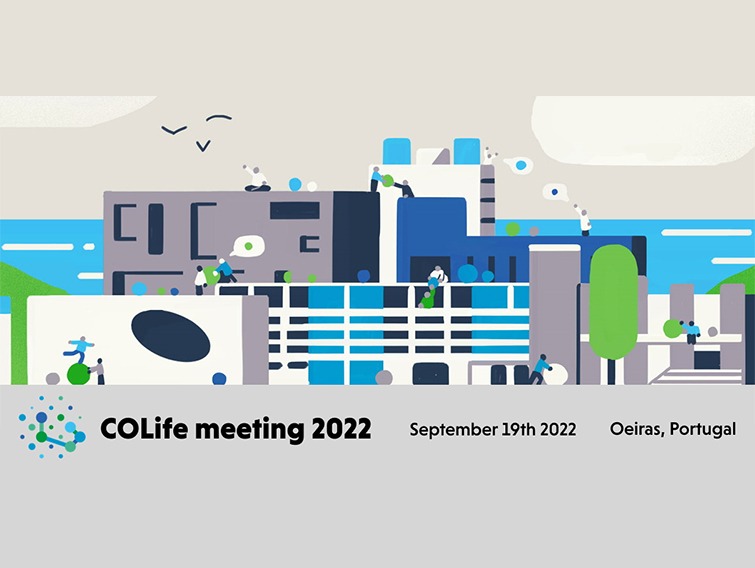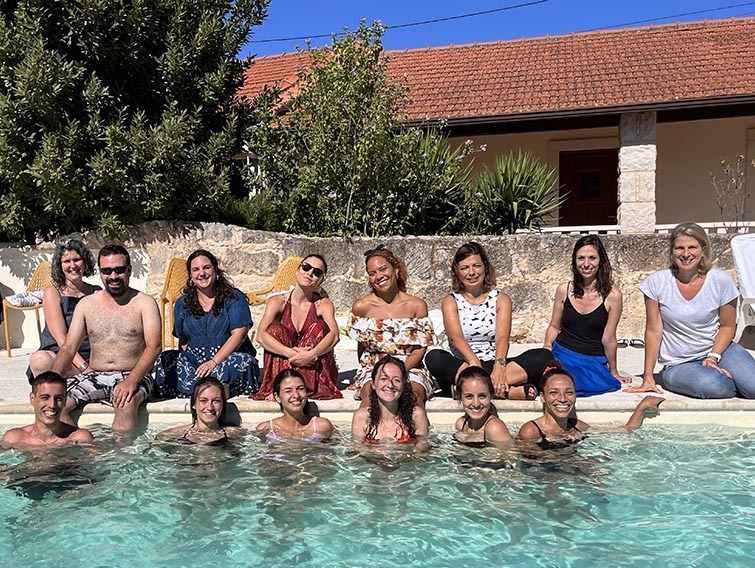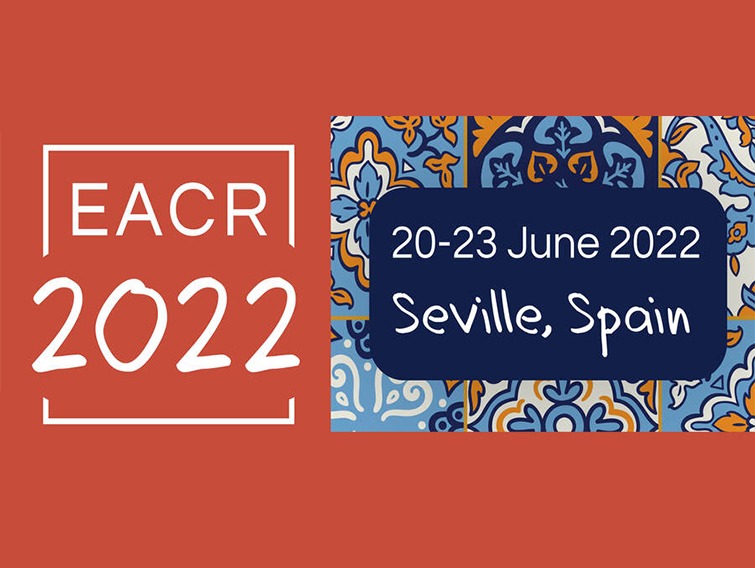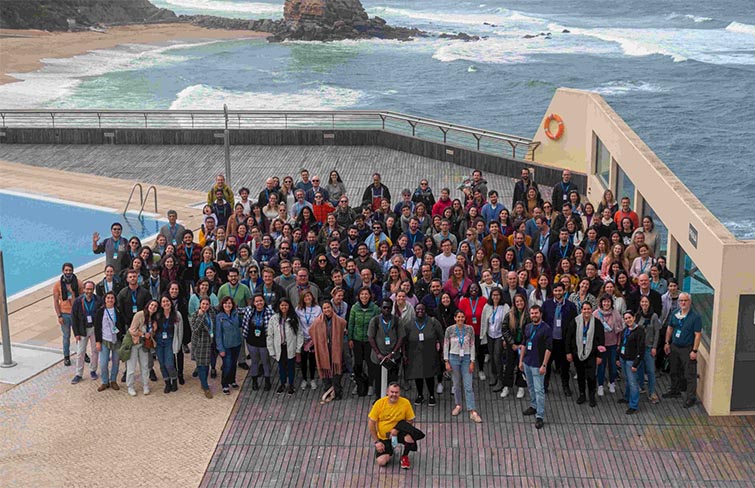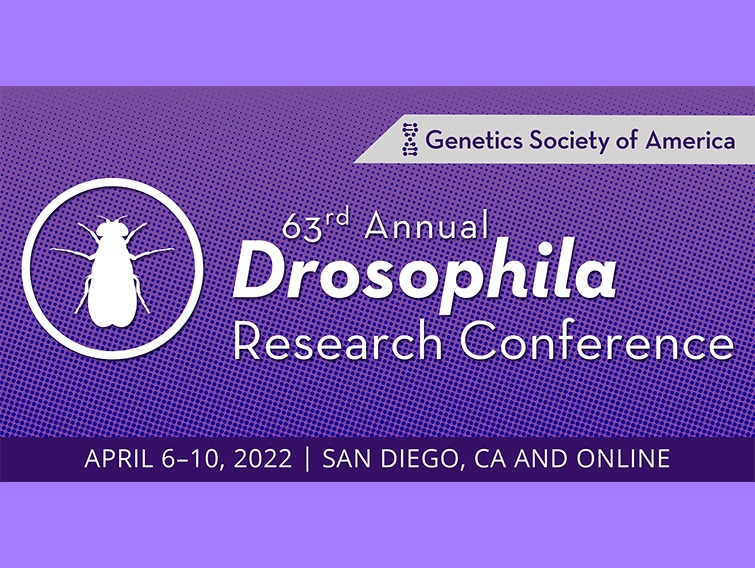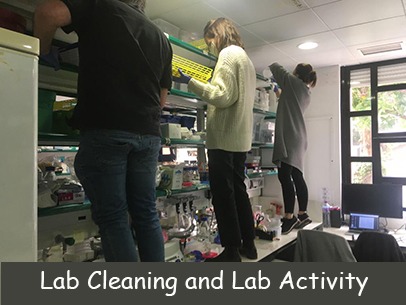7 - 11 November 2020
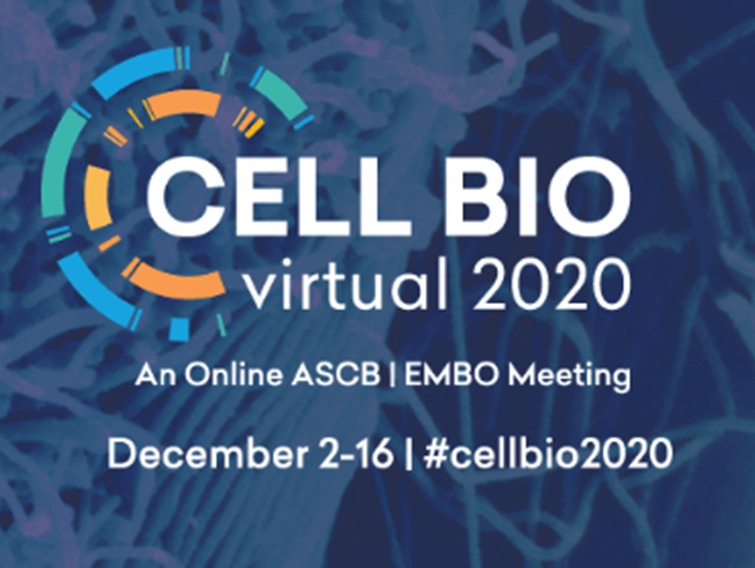
Sonia presented and dicussed her poster entitled "Asymetrical maturation of de novo assembled twin centrioles"
Abstract:
Centrioles organize centrosomes and cilia, performing multiple functions such as signaling, cytoskeleton remodeling and cell motility. Centrioles are present in all eukaryotic branches, being ultrastructurally conserved but diverse in function and biogenesis. While in some species centriole duplication is coupled with the cell cycle,de novo centriole biogenesis is known to occur in several cells/organisms that lack pre-existing centrioles (such as plants).However, besides the conservation of several proteins and the structures themselves, little is known regarding the mechanisms that regulate de novo biogenesis of these organelles. Plant vegetative cells are devoid of motility, however the sperm cells of several plant species are flagellated. Therefore, centrioles arise de novo during spermatogenesis in early land plants with motile sperm, providing an excellent system to investigate centriole evolution and assembly. We are studying the pathways underlying centriole and locomotory apparatus assembly during spermatogenesis inthe moss Physcomitrella patens. Our ultrastructural analyses allowed us to recognize distinct morphological stages and structures assembled, with both conserved and unique features being identified in developing sperm cells. Furthermore, 3D electron tomography has allowed us to characterize the bicentriole structure - a unique structurefrom which two longitudinally oriented centrioles assemble de novo, connected by their cartwheel. Additionally, our electron tomography data also revealed that during cell maturation the two sister centrioles become asymmetrical, both at cartwheel and microtubule size. Consistently with a conservation of structures and function, some core centriolar genes are known to be conserved across ciliated species (e. g. SAS-6, BLD10/CEP135 and POC1). Our data suggests that such centriolar components have conserved their functions in cartwheel (SAS-6 and BLD10/CEP135) and centriole (POC1) assembly across evolution. Moreover, SAS-6 and POC1 localizations highlight the cartwheel elongation observed inthese cells and support the asymmetry between twin centrioles. This work has allowed us to shed light into the pathways for de novo centriole assembly and its evolution.Moreover, our data also reveals particularities of Physcomitrella patens cartwheel and centriolar length, as well astheir asymmetrical maturation. The regulation and functional consequences of such asymmetry are currently being explored.

